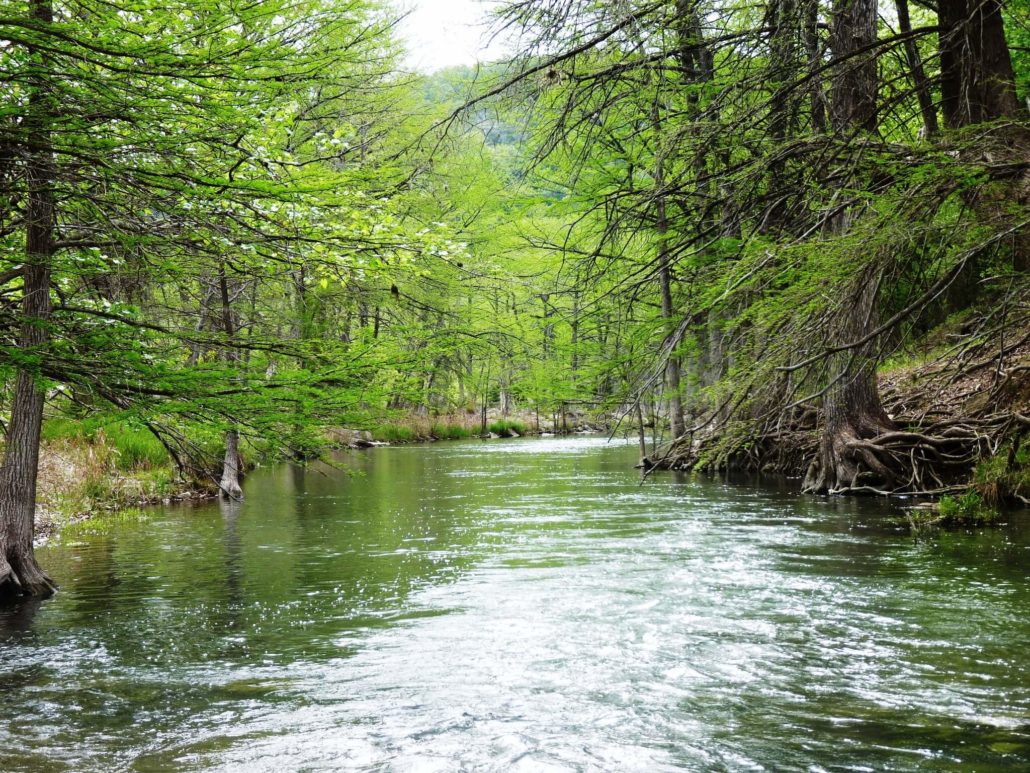Riparian Habitat
As a transition zone between aquatic and terrestrial systems, they usually have characteristics of both.
They provide vegetative cover to help moderate water temperature, provide food, nutrients and organic matter to the stream, stream bank stabilization, and buffer streams from excessive silt and surface run-off pollution. A wide variety of animals are attracted to these areas including insects, amphibians, reptiles, fish, birds, and mammals and many of these animals depend on these areas to exist. Suitable habitat (food, water, and shelter) is often provided in riparian areas to support these animals which may not occur in surrounding drier areas.
Streams and riparian areas are sensitive to urban development as removal of vegetation, paving near or over them, installation of culverts and pollution degrade the quality of these areas and impede there ability to function. For example, good quality streamside habitat is essential for ensuring healthy fish populations. Protecting riparian areas, while facilitating urban development that embraces high standards of environmental stewardship, is a priority for the government of B.C. Which is why the province developed the Riparian Areas Regulation (RAR). RAR provides the impetus for local governments to protect riparian areas during residential, commercial and industrial development in order to protect the heath, productivity and functioning condition of this important area.
For more information on riparian areas click here
Human Resources
Related Posts
Mallard Creek Restoration Update for 2024
Restoration work in Mallard Creek will continue this year, including invasive removal, restoring connectivity, and trial planting of a new riparian species. Volunteer events starting in September 2024.
Volunteer at Kus-kus-sum Chamber of Commerce Event
We are showing Kus-kus-sum off to businesses in the Valley through a Chamber Business to Business event. We are looking for a few volunteers to assist with this event.
Coastal Plant Monitoring
Get involved with our new vegetation community science monitoring program!
Spring Field Trips
Throughout May and June Project Watershed will be taking elementary school classes out on field trips to learn about estuary and coastal ecology and to assist with planting and plant maintenance.
Working Together to Identify Forage Fish Spawning Beaches
This year marks the 5th year of a partnership between Comox Valley Project Watershed Society and North Island College on a long-term study to examine intertidal spawning habitats of forage fish in the northern Salish Sea.
Glen Urquhart Update – Spring 2024
Latest news from Glen Urquhart restoration progress for spring 2024.



